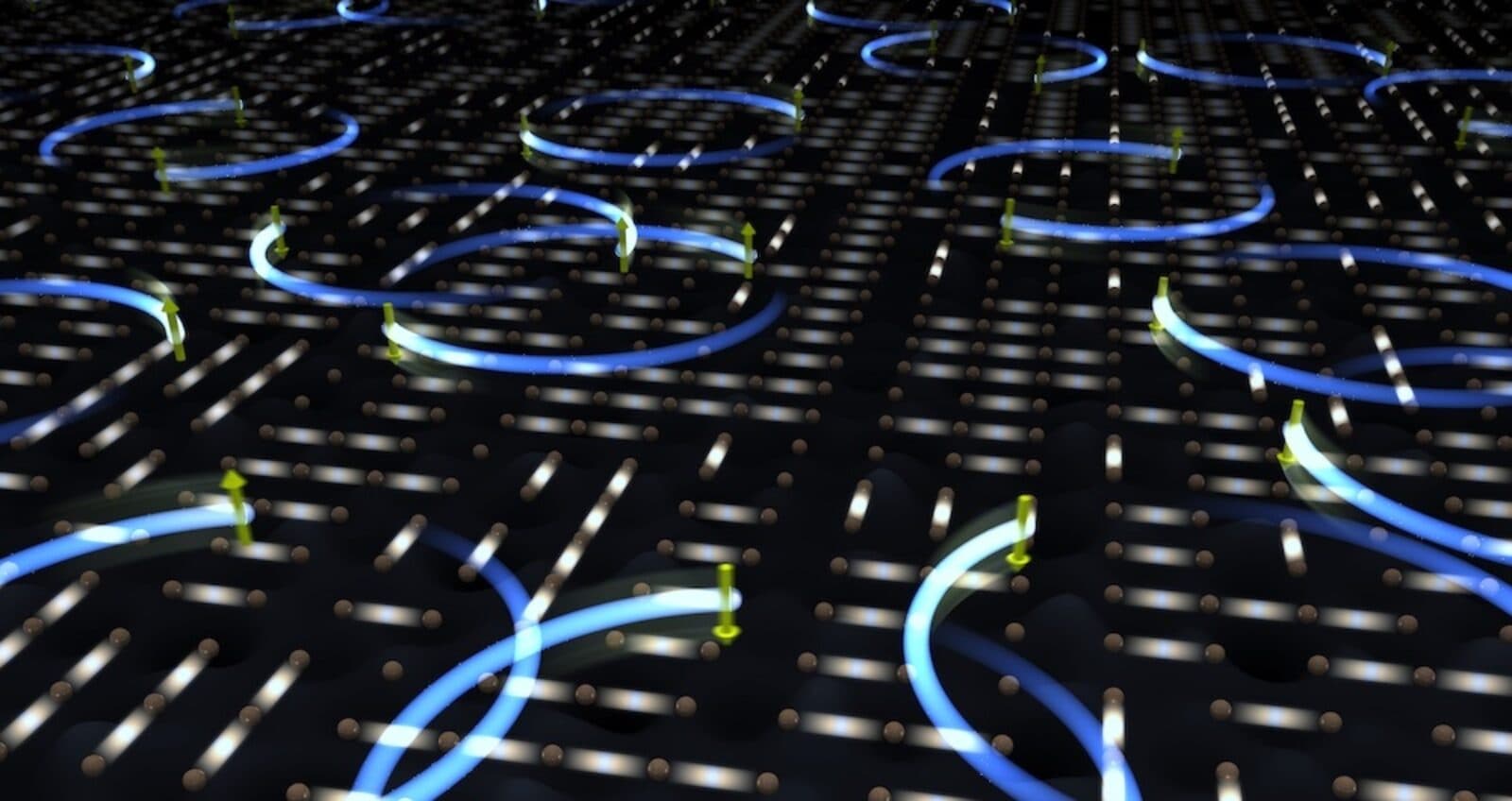Insights and Practical Considerations for Communicating Basic Science
A SciPEP resource five years in the making

The Science Public Engagement Partnership, or SciPEP, endeavored to ensure that basic science engagement is supported, sustainable, and effective. Conceived in 2019 and formalized in 2020, this unique partnership between the U.S. Department of Energy’s Office of Science and The Kavli Foundation hosted conferences, commissioned reports, conducted landscape analyses, and supported webinars to explore the latest research and insights around communicating basic, discovery science with diverse audiences.
A new publication, Insights and Practical Considerations for Communicating Basic Science, is the culmination of those efforts with a synthesis of five years’ worth of themes, takeaways, tips, and new questions to explore going forward for basic scientists, science communicators, communications trainers, social science researchers, and more.
The 60-page report drew on the expertise of over 30 scholars and professionals who are passionate about basic science engagement, with articles written by Mónica Feliú Mójer, director of public engagement with science at Ciencia Puerto Rico and director of inclusive science communication and engagement for the Science Communication Lab; Bruce V. Lewenstein, professor of science communication at Cornell University; Michelle Warren, program manager for the Resources Legacy Fund and former Civic Science Fellow for advancing diversity, equity, and inclusion in public engagement for ScienceCounts; Sara K. Yeo, associate professor in the Department of Communication at the University of Utah and director and PI of the STEM Ambassador Program; and Carmen Drahl, a freelance science journalist who also served as the report's managing editor.
The report includes sections on curiosity for spurring public engagement, multiple angles for making basic science research relevant to audiences, the semantics surrounding the term “basic science,” and how social scientists and science communicators should team up to tackle the many research questions still unanswered. Readers will also find fresh insight into setting communication goals, audience considerations, and the latest facts and figures about support and funding for basic science. “SciPEP tips” throughout the resource provide takeaways at a glance.
As SciPEP leaders Keegan Sawyer (project director, Science of Science Communication, on contract with the Department of Energy Office of Science) and Brooke Smith (director of Science and Society at The Kavli Foundation) explain in the foreword to the resource:
“We as a community need more research, more conversation, and better sharing of each other’s findings. Consider this our call for you to access this knowledge and carry forward what SciPEP started. We’ve built the rocket, cultivated the launch team, and hit the ignition switch. It’s up to you to steer the vessel, explore this vast space, and come back to share what you discover.”